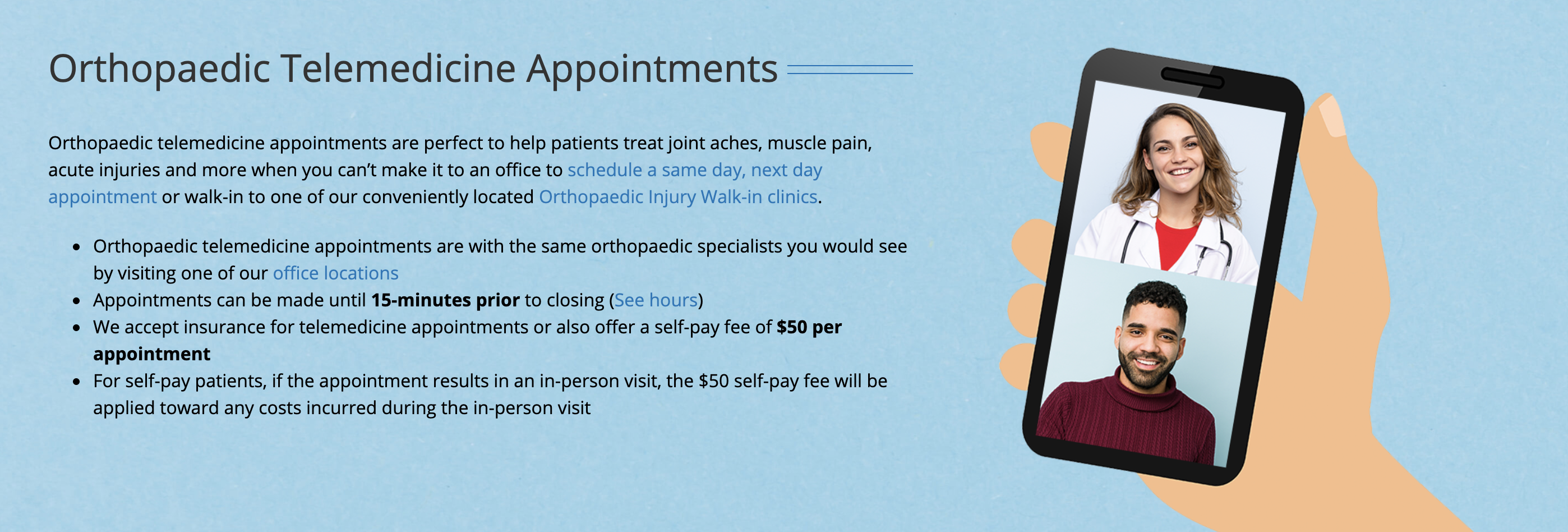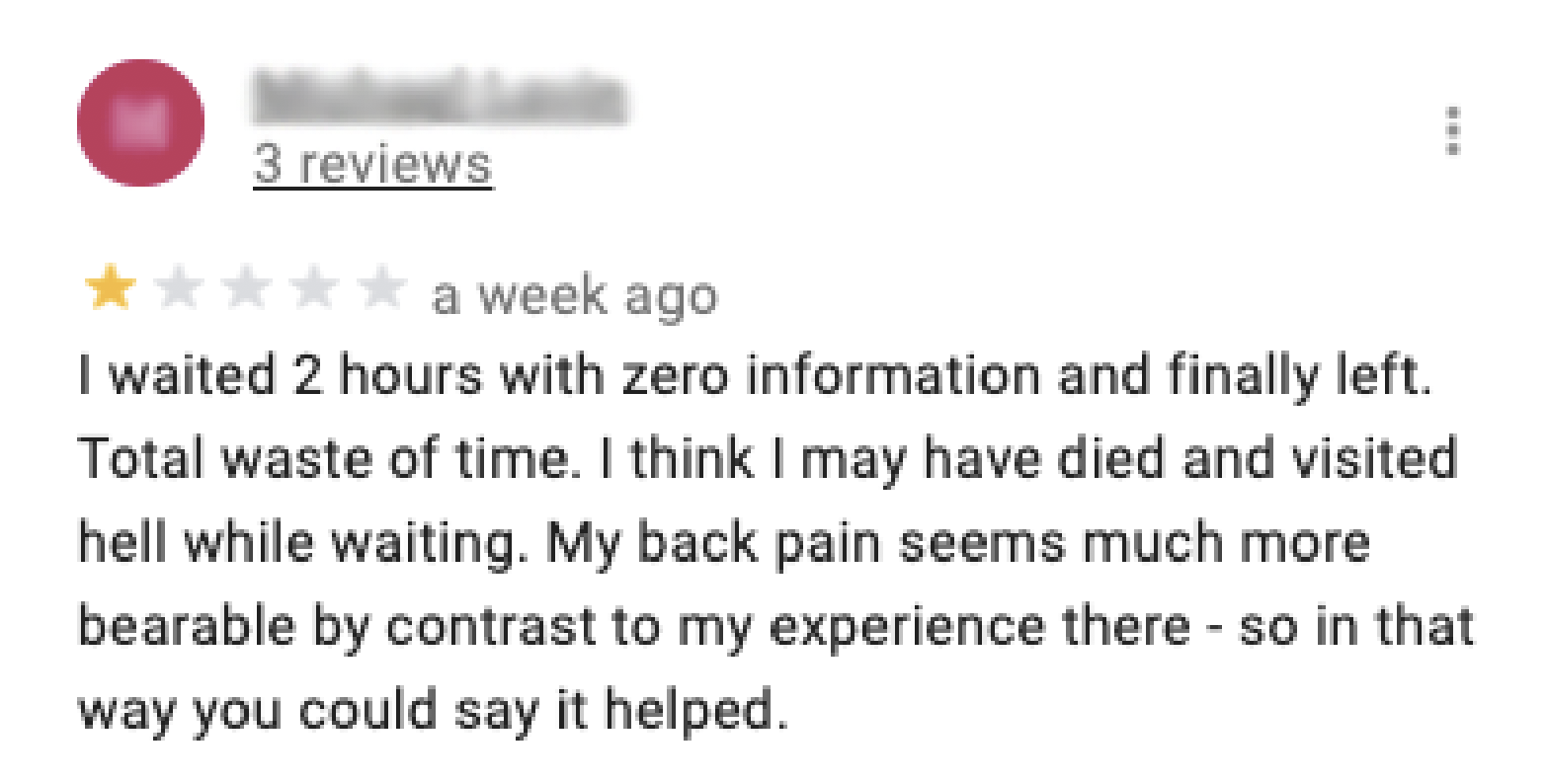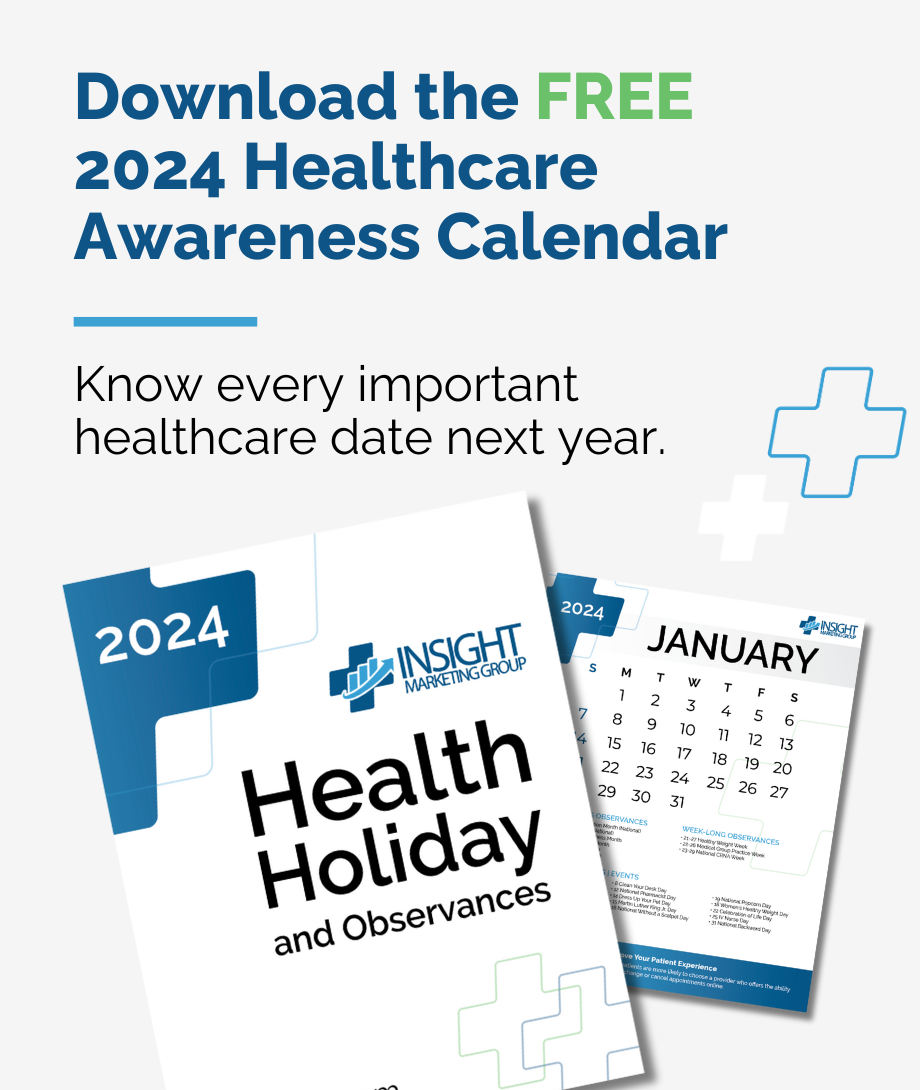Part of the “new normal” for medical practices means adapting and finding new ways to thrive. Prior to the COVID-19 pandemic, patient experience was a key focus for many practices; but it was, understandably, pushed to the proverbial backburner in favor of, oh, about 200 other things from keeping the lights on to furloughing employees and keeping our families safe. Now that many practices have a moment to breath they’re starting to refocus efforts on improving the patient experience with the help of technology.
Here’s a few things you can do to take the temperature of your patient experience today.

Telemedicine
There’s about a billion reasons why most practices have implemented some form of telemedicine amid the pandemic; but how are you introducing patients to this technology?
Patients are nervous enough to go see a doctor, and when you add in the COVID-19 threat, it takes the anxiety to another level. Coupled with the fact that, depending on your speciality, you may see a lot of elderly patients not familiar with technology, and suddenly your great new way to deliver care is as useless as those plane tickets to California you bought.

Here’s a Tip
Outline exactly what a patient appointment looks like on your telemedicine platform. Clearly define what to do, what buttons to push, when to “arrive” and how to complete a successful appointment with telemedicine. List the steps out in a video on YouTube or create a downloadable PDF for patients to improve the patient experience.
Patient Readiness
A recent MGMA Stat poll asked healthcare leaders what their patients’ top reason for deferring care amid COVID-19 was. More than 87% of the respondents cited “safety”.
In other words, if you aren’t letting patients know what you’re doing to keep them safe, they’re going to defer care, change providers or leave you a nasty online review. If only there was a way to educate patients and let them know what to expect on their next visit.
Here’s a Tip
Leverage technology to improve patient readiness prior to their next visit. This will improve the patient experience and set your team (and the patient) up for success. Create short videos, gifs or snap photos showcasing what your team is doing to keep patients safe. Put a list of safety protocols and FAQs on your website and then spread the word on social media. It’s OK to use these images and the messaging multiple times. Remember, a patient doesn’t care until it’s time for them to care – in other words, they aren’t endlessly looking at your website or Facebook feed, until their appointment is coming up and then they’re going to want to know they’re safe and your practice is committed to keeping them safe.
Free Healthcare Awareness 2024 Calendar
Nearly every month of the year has a health holiday or observance, and there are also a number of awareness months that your patients and staff would love to know about. You also don’t want to miss chances to celebrate with your practice’s followers.
Free Healthcare Awareness 2023 Calendar
Nearly every month of the year has a health holiday or observance, and there are also a number of awareness months that your patients and staff would love to know about. You also don’t want to miss chances to celebrate with your practice’s followers.
Checking-In & Clinic Workflow
One of our favorite predictions at the moment is that your waiting room may never be the same after the pandemic. Many practices have instructed patients to wait in their vehicles (or anywhere other than inside the office) until their appointment is ready. By implementing text messaging software, or just good old fashioned phone calls, we’ve fundamentally changed the way people “wait” for an appointment. Still, that doesn’t mean you can forget about patients once they’re in the room. Which still happens. All the time.

Here’s a Tip
We’ve already covered that you need to let people know what appointments are going to look like, and of course that includes check-in procedures, right? Did you let your MAs and other staff know about this super crucial aspect of your office? If you did, was it only that one time a few months ago? Revisit how appointments should flow with your team, and remind them to check on patients if they’re in an exam room, alone, waiting for an extraordinarily long time. No one wants to be forgotten about.
Odds and Ends
There are, literally, hundreds of ways to improve your patient experience. Some are quick fixes that can be done overnight, some are involved trainings that can take several weeks to roll out. Regardless, there are things you can do right now to work on improving the patient experience at your practice.
Here are some additional questions to ask yourself to see if you’re leveraging technology to effectively improve the patient experience:
- Is your patient portal easy to use and is the important information easy to find?
- When someone uses their phone to access your website, does it show up properly?
- If you’re asking for feedback or reviews following an appointment, does the software make it easy for individuals to offer feedback and suggest improvements – positive or negative?
- Does your patient-intake software leave new patients frustrated? Do you still only have a paper option?
If you are using these technology platforms well, your team is well on its way to maximizing the patient experience. If not, now may be the perfect time to hit the ‘reset’ button while patient volume is slightly lower than in years past.
Or, you could just stick your head in the sand. No judgement.

